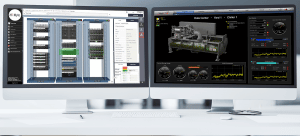Six Best Practices in Data Center Design
Published on February 13, 2025,
by
Six Best Practices in Data Center Design
At Nlyte, we talk to many infrastructure managers – from small to hyperscale organizations. What we find consistently is that to design, create and maintain a highly efficient data center, organizations should adhere to the following six common best practices:
- Use a Data Center Infrastructure Management (DCIM) solution. Spreadsheets and other manual approaches cannot keep up with the changes occurring in a modern data center. In order to perform accurate capacity planning and keep precise centralized records, an organization should deploy a modern DCIM solution. This system provides data center visualization, robust reporting, and analytics and becomes the central truth source for changes in the data center. DIM solutions have become ubiquitous in the data center, and hybrid compute infrastructure and are deemed necessary with the complex, rapidly changing technology footprint.
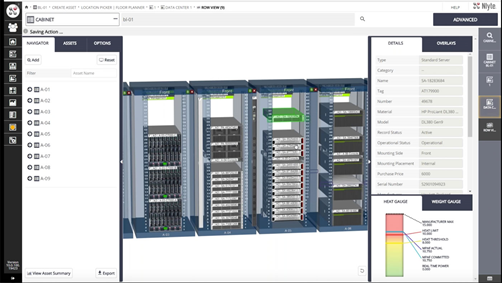
- Integrate, Integrate, Integrate. Many other groups and systems can leverage the information within the data center of an organization. Thus, in designing your data center and systems, you should plan to integrate your core DCIM solution with other systems, such as building management systems (BMS), IT systems management (ITSM), and virtualization management solutions like VMware and Nutanix. This way, your data center systems can synchronize information with other groups so that data center staff can perform their jobs most efficiently.
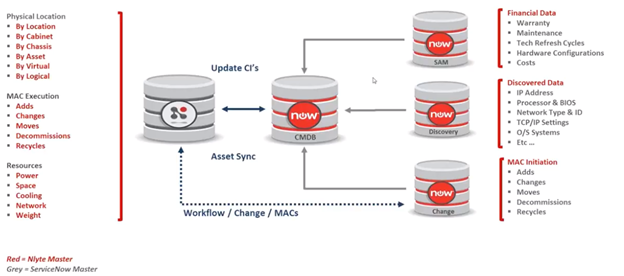
- Have a Power and Cooling Strategy. A large percentage of costs and risk of outages can be directly tied to the power and cooling that a data center uses. Infrastructure teams should consider their power and cooling strategy to minimize costs and the potential of data center outages. Specifically, an organization should control airflow & cooling via containment & active airflow management that provides modular power & cooling that scales with demand/expansion. Then they should implement real-time and trend reporting to keep costs low and avoid any potential issues.
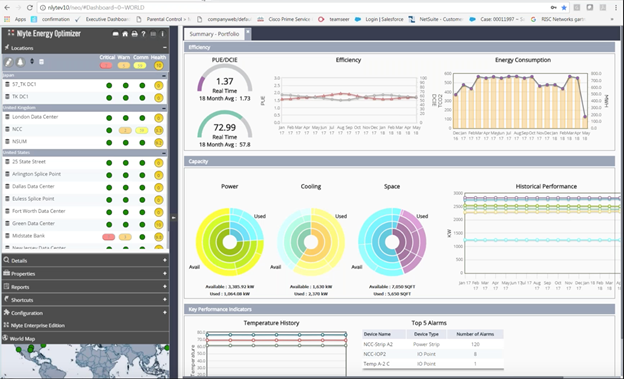
- Implement Workflow and Measurable, Repeatable Processes. A data center is a living organism that requires assets to be deployed, updated, and brought to the end of life. One of the critical design best practices is to make sure you use workflow and repeatable business processes to ensure your resources are being maintained consistently and in a timely fashion. All actions are transparent, traceable, and auditable.
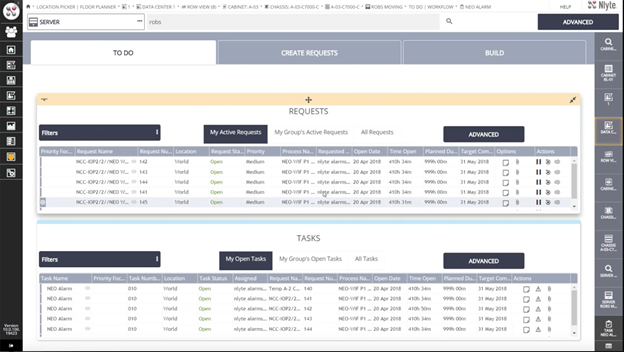
- Optimize Datacenter Capacity Using Analytics and Reporting. From the moment you design the data center, it is constantly being redesigned. To keep up with these changes and ensure you always have enough space, power, cooling, and networking, you need robust analytics and reporting to keep staff and management abreast of current and future capacity needs. This way, you avoid running out of resources when someone needs them.
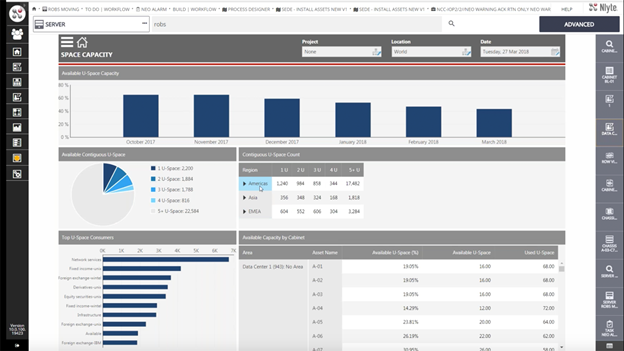
- Automation, Automation, Automation. A good data center design should plan to automate as many operational functions as possible that a person performs. This helps ensure infrastructure is deployed consistently in a single data center or across multiple data centers while also helping to reduce costs and time personnel spend maintaining infrastructure. Automation should occur at various stages, from audit to workflow and cross-system integration.
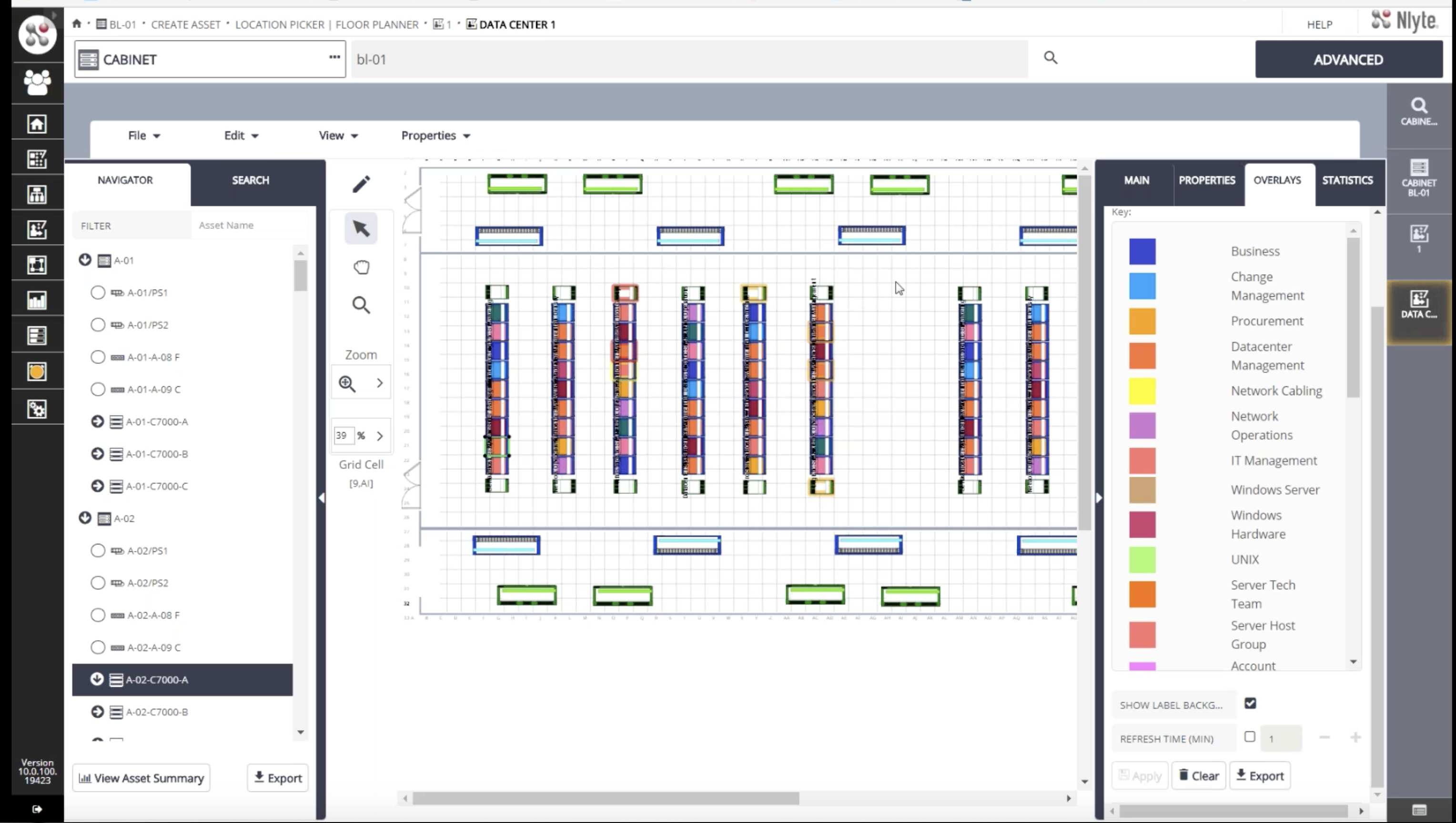
Related Topics
